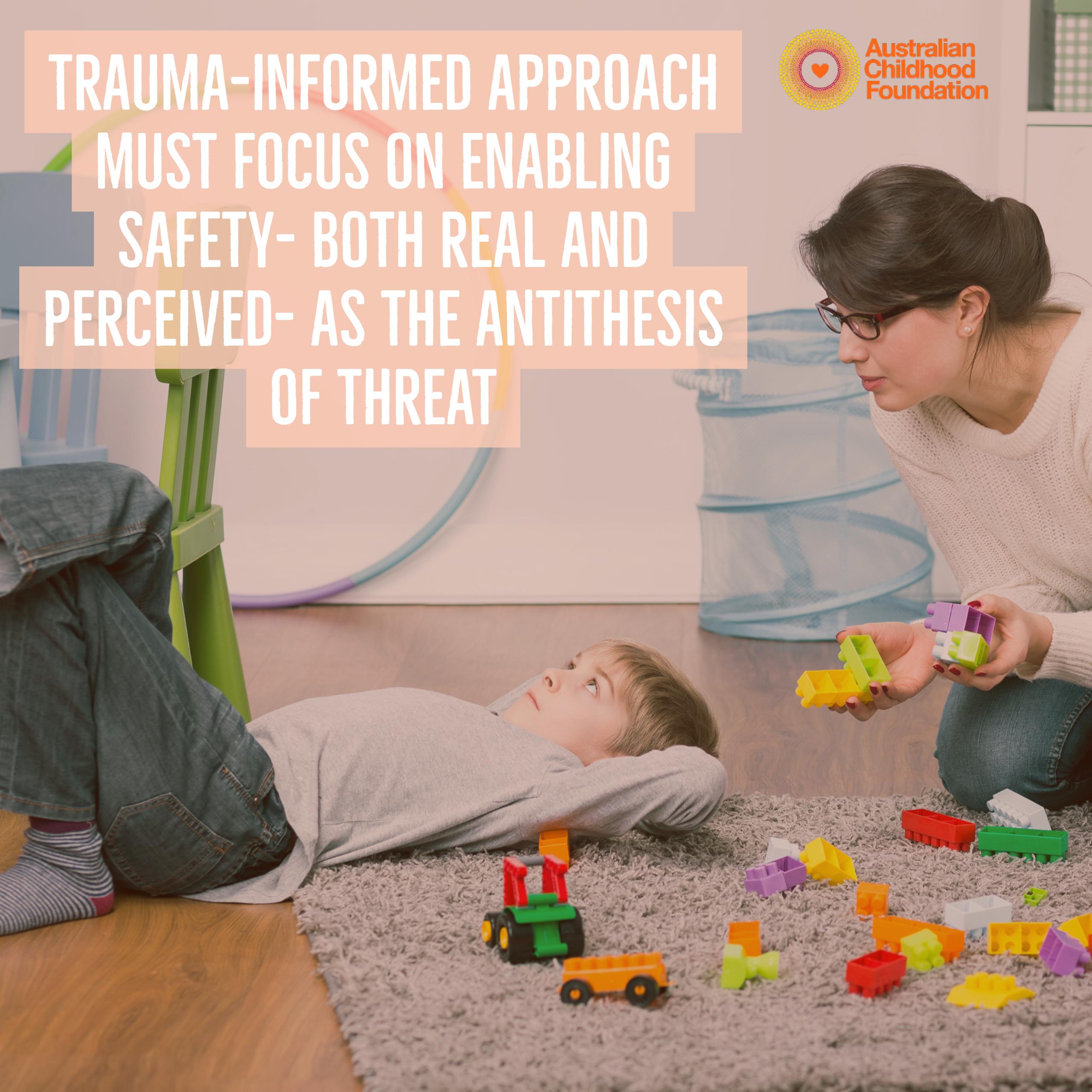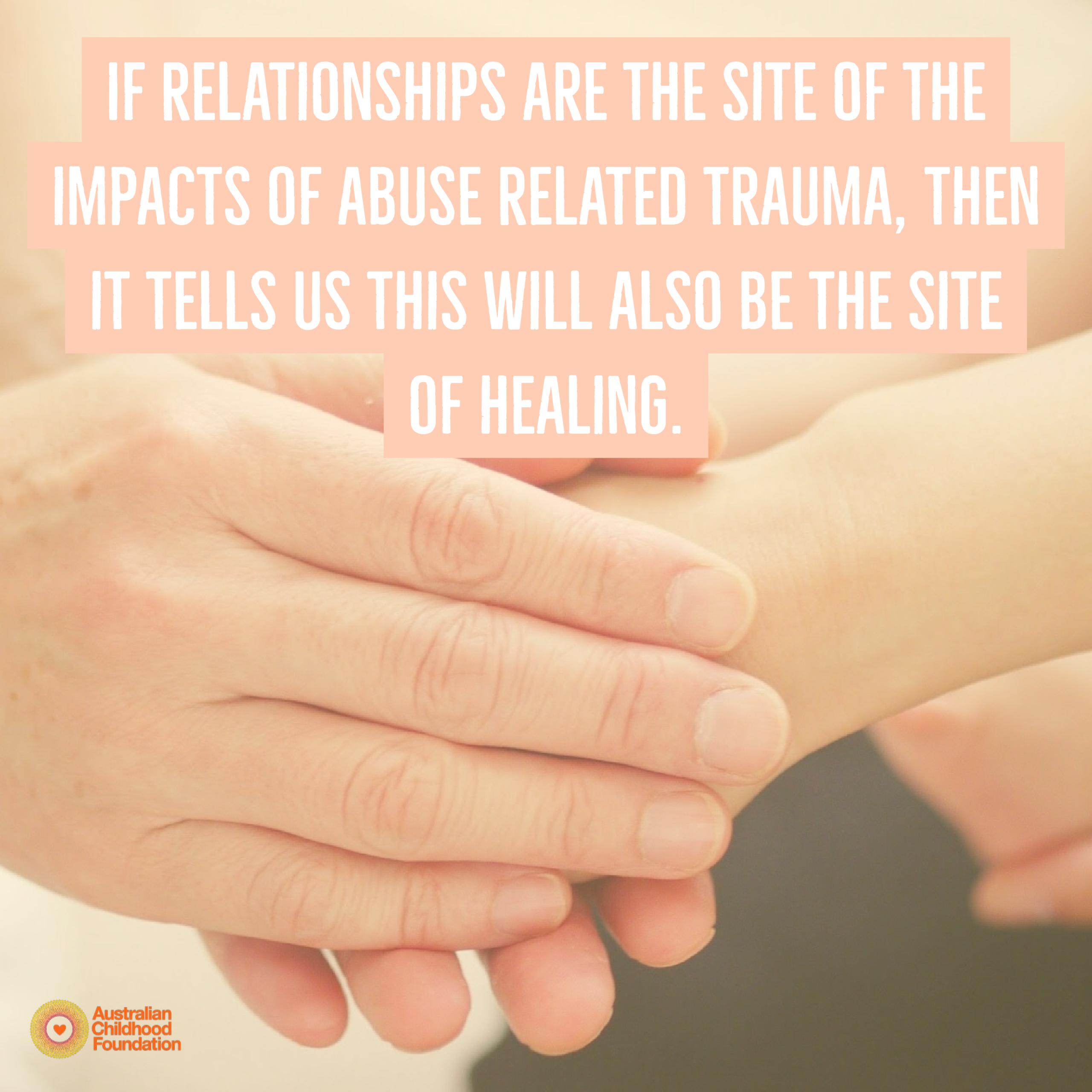
What does trauma-informed mean? Grappling with the challenge
The question in the heading of this blog is a deceptively simple question to ask, but the answer is so very complex. The challenge is that answering this question clearly and helpfully is critical to the implementation of frameworks, principles and strategies that best meet the needs of children and young people who have experienced trauma, abuse and violence. And best meeting those needs leads to another word that is regularly used and which is again not necessarily clear in its meaning- therapeutic.

I am currently delivering a lot of training, and professional development for both residential care workers and Youth Justice Officers across the country and this question continues to come up. Workers are so often told they need to be ‘trauma-informed’ and ‘therapeutic’, but there is a lack of clarity about what this means, and this can prove both challenging and frustrating.
What I find useful sometimes is to look at the definition of trauma- and particularly relational and/or developmental trauma. While this seems a little depressing, I take hope from the definition of trauma because within it are the answers to what trauma informed practice looks like. Let me explain what I mean by exploring two key definitional points.
Trauma is experienced as a threat- real or perceived
This fundamental principle of a traumatic experience is crucial to understand in a trauma-informed response. We know that traumatic experience activates threat responses that are neither conscious nor cognitively articulated, and that because of this early experiences of trauma can leave such lasting residue.
So, a trauma-informed approach must focus on enabling safety- both real and perceived- as the antithesis of threat. And while Stephen Porges clearly outlines that safety is not just an absence of threat, this is a good start!
But…what generates safety? The experience of safety often comes from a lack of change. Safety is felt through consistency, predictability and routine. Children and young people, particularly those who have experienced the threat of abuse, need clear limits, boundaries and expectations of behaviour to help them experience the world as safe and predictable.
‘But’, I hear you say, ‘the world is all about change, and these children need to learn how to cope with it. Isn’t too much routine just institutionalising them?’ I do agree- the world is full of change, and we do need to learn how to deal with it but to be able to do so, we need what I call a ‘platform of stability’ from where we can feel sturdy enough to manage this change. For example, I always feel personally that challenges at work are easier to manage if things at home feel under control. For children and young people who have experienced trauma, however, a platform of stability is invariably something they had very little of- particularly those children and young people in residential care or the youth justice system. Without being facetious, multiple placements tend not to build a platform of stability.

Thus, providing clear routines that are consistently applied is very much a trauma-informed approach. And writing those routines up somewhere in the house is helpful for children and young people looking for safety but who also may be struggling with memory issues because of their traumatic experiences (but that is another blog!)
Equally, limits on behaviour that are consistently applied also helps to build safety. Trauma-informed practice doesn’t mean that behaviour is excused or ignored. To put it bluntly, it is not OK to do whatever you want because you have experienced trauma. Children and young people need to know what behaviour is OK and what is not and they need those distinctions to made consistently, regardless of who might be working that day, who might be managing their case and which day it is. ‘Letting things slide’ leaves children and young people feeling unsafe and insecure, and can compound their felt sense of threat.
Relational trauma is trauma based in relationship
This tautological statement is a fundamental one in thinking about the key ways we provide safety and consistency for children and young people. If we agree that relationships are the site of the impacts of abuse related trauma, then it tells us this will also be the site of healing. And healing is what being therapeutic is all about. To be therapeutic means to heal or repair, and this should be the goal in all of our work.
Every relational exchange we have with a child or young person is an opportunity for healing and the more consistent we can be in those exchanges, the more we build a sense of safety in a relationship that has often been missing for the children and young people we work with and care for.
Integrating these two tenets goes a long way toward providing trauma informed responses that have a genuinely therapeutic outcome.
